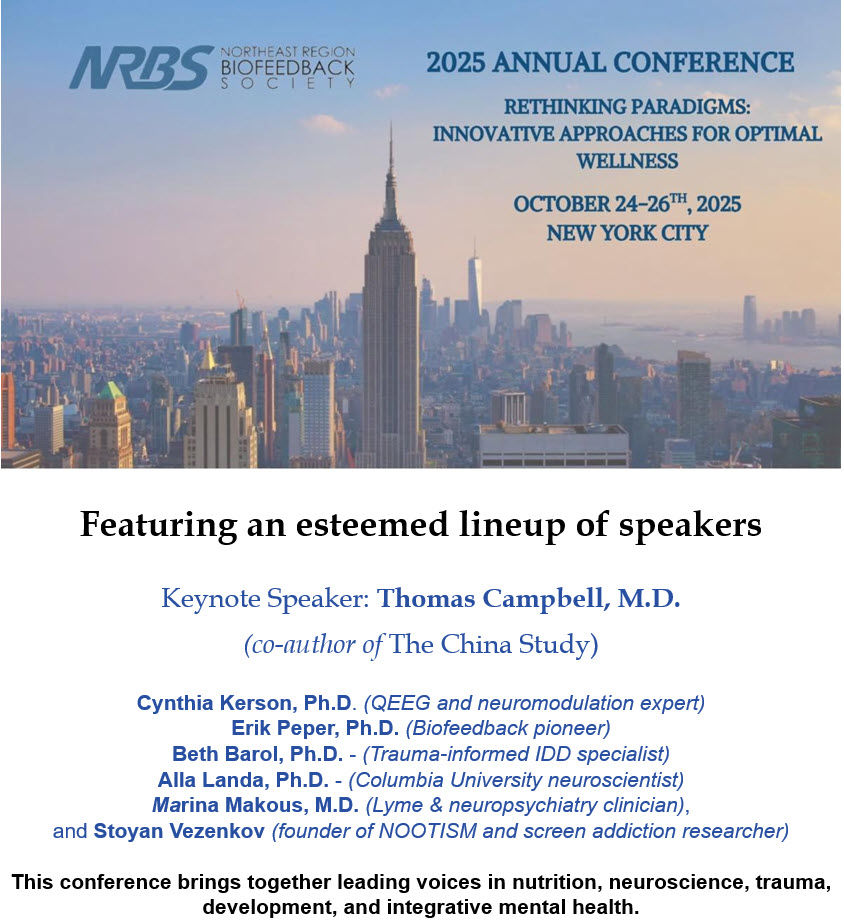5-Second Science: Genes Explain Women's Faster Heart Rates
- BioSource Faculty
- May 27
- 4 min read

A recent study published in Nature Communications reveals that sex differences in cardiac gene expression contribute to distinct patterns in heart rhythm physiology, with significant clinical implications.
Conducted by Gould and colleagues (2025) at the University of California, Davis, and the University of California, San Diego, the study analyzed left atrial tissue from 133 human donors (both male and female) to explore how gene expression varies by sex. The findings show that women typically exhibit faster heart rates, while men are more prone to arrhythmias such as atrial fibrillation (Afib), an irregular and often rapid heart rhythm originating in the atria (the upper heart chambers). These physiological differences align with gene-level disparities observed between sexes (Gould et al., 2024).
Genes Target the Sinoatrial Node in Women
Specifically, women demonstrated increased expression of genes regulating the sinoatrial node, the heart’s primary pacemaker, which orchestrates the rhythmic contraction of the heart muscle. This gene expression pattern is consistent with the observed higher resting heart rates in women.
Genes Target Inflammatory Pathways in Men
In contrast, men displayed elevated expression of genes associated with cardiac electrophysiology, particularly those affecting conduction pathways prone to disruption. These genes were linked to an increased risk of atrial arrhythmias. Moreover, the study identified that many of the genes more active in men were also involved in inflammatory pathways, suggesting that inflammatory processes may contribute to the greater arrhythmia burden observed in males (Gould et al., 2024).
Electrical Signaling and Immune Regulation
The researchers emphasized the dual importance of electrical signaling and immune regulation in cardiac function. Inflammation is known to alter cardiac tissue conductivity and structural integrity, potentially leading to fibrosis and disrupted electrical propagation. This molecular insight provides a plausible mechanism for the higher prevalence of AFib among men and highlights how intrinsic pacemaker regulation and immune-mediated remodeling differ by sex. Consequently, treatment approaches may need to address not only electrical disturbances but also inflammation, especially in male patients at elevated risk of rhythm disorders.
Why This Study Is Important
These findings underscore the importance of incorporating sex as a biological variable in basic and clinical cardiovascular research. Historically, women have been underrepresented in cardiovascular studies, limiting the generalizability of findings and potentially obscuring sex-specific mechanisms of disease. The present study illustrates how overlooking sex differences can hinder precise diagnosis and treatment, whereas their inclusion enables personalized medicine approaches that consider electrophysiological and immunological profiles.
In conclusion, this research provides novel genetic and molecular evidence for sex-based disparities in heart rhythm regulation. Women’s faster heart rates and men’s predisposition to arrhythmias are not solely functional differences but are underpinned by divergent gene expression patterns—especially in pacemaker and immune-related genes. These findings advocate for more nuanced diagnostic tools and treatment strategies that reflect sex-specific cardiac biology, improving care for both women and men.
Key Takeaways
Women’s faster heart rates are linked to higher expression of genes controlling the sinoatrial node, the heart’s natural pacemaker.
Men’s greater arrhythmia risk is driven by upregulated genes involved in electrical conduction and inflammation, which may promote atrial fibrillation.
Sex-specific gene expression underscores the need for personalized cardiovascular diagnostics and treatments that account for biological sex.
Glossary
arrhythmia: an abnormality in the heart’s rhythm, which may involve the heart beating too quickly (tachycardia), too slowly (bradycardia), or irregularly; it results from disruptions in the heart’s electrical conduction system.
atria (singular: atrium): the two upper chambers of the heart (left and right atria) that receive blood returning to the heart—oxygenated blood from the lungs enters the left atrium, and deoxygenated blood from the body enters the right atrium.
atrial fibrillation (AFib): a type of cardiac arrhythmia characterized by rapid and irregular electrical activity in the atria, leading to inefficient blood pumping and increased stroke risk.
cardiac electrophysiology: the study of electrical activity in the heart, focusing on how action potentials propagate to produce coordinated contractions.
cardiac tissue conductivity: the ability of heart muscle tissue to conduct electrical impulses necessary for coordinated heartbeats.
gene expression: the process by which genetic instructions are used to synthesize RNA or proteins, influencing cell function and phenotype.
inflammatory pathways: molecular cascades initiated by immune signals that promote inflammation, often involving cytokines and immune cell activation.
left atrial tissue: heart tissue located in the left atrium, the chamber that receives oxygen-rich blood from the lungs and is a frequent site of arrhythmia origin.
sinoatrial node: a group of specialized cells in the right atrium responsible for generating the heart’s electrical impulse, thus setting the heart rate.
Reference
Gould, S. T., Kirk, J. A., Sedej, S., Lancaster, M. A., Prondzynski, M., Taegtmeyer, H., & Kamp, T. J. (2024). Sex differences in cardiac gene expression underlying arrhythmia susceptibility. Nature Communications, 15(1), Article 2882. https://doi.org/10.1038/s41467-024-28882-7

BioSource Software has recorded new full-length lectures for Neurofeedback Tutor and qEEG Tutor as part of our continued investment in our products.
We provided free Biofeedback Tutor subscriptions to Truman State University undergrads enrolled in the Science of Health and Resilience this year.

Support Our Friends











Comments